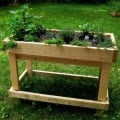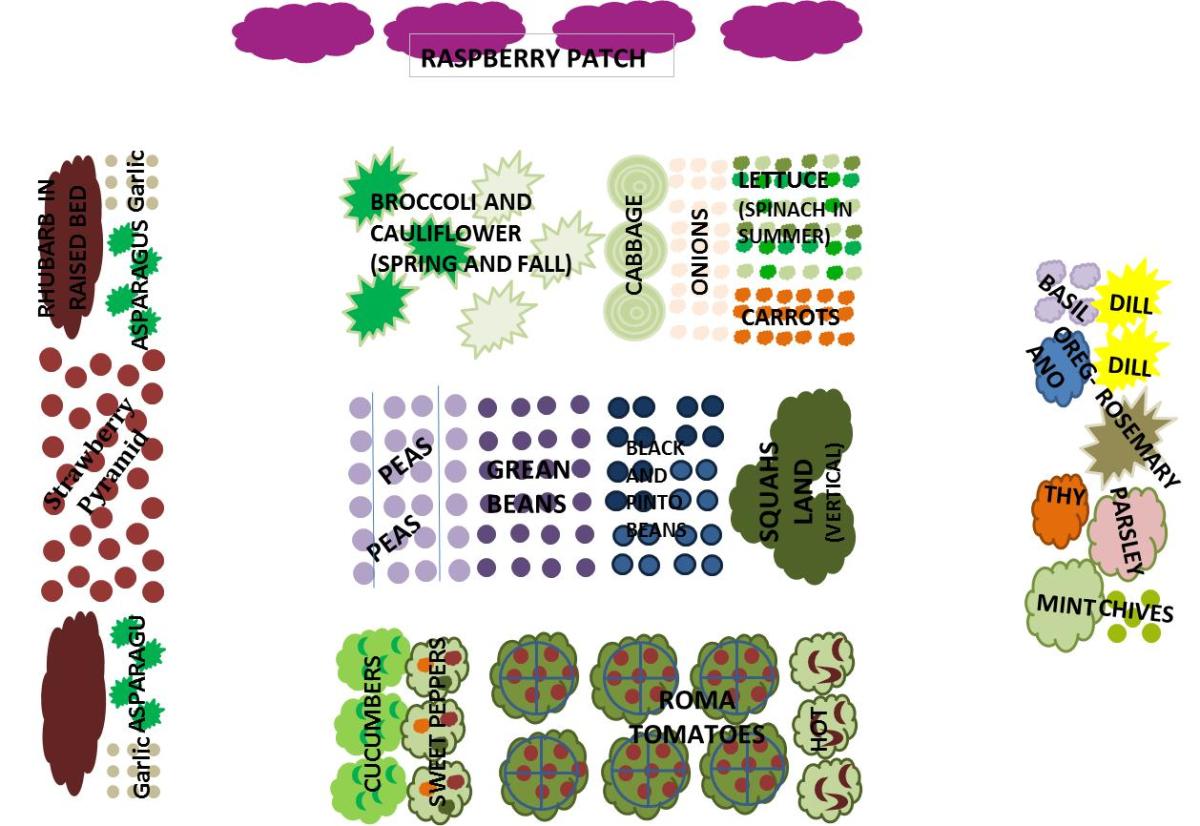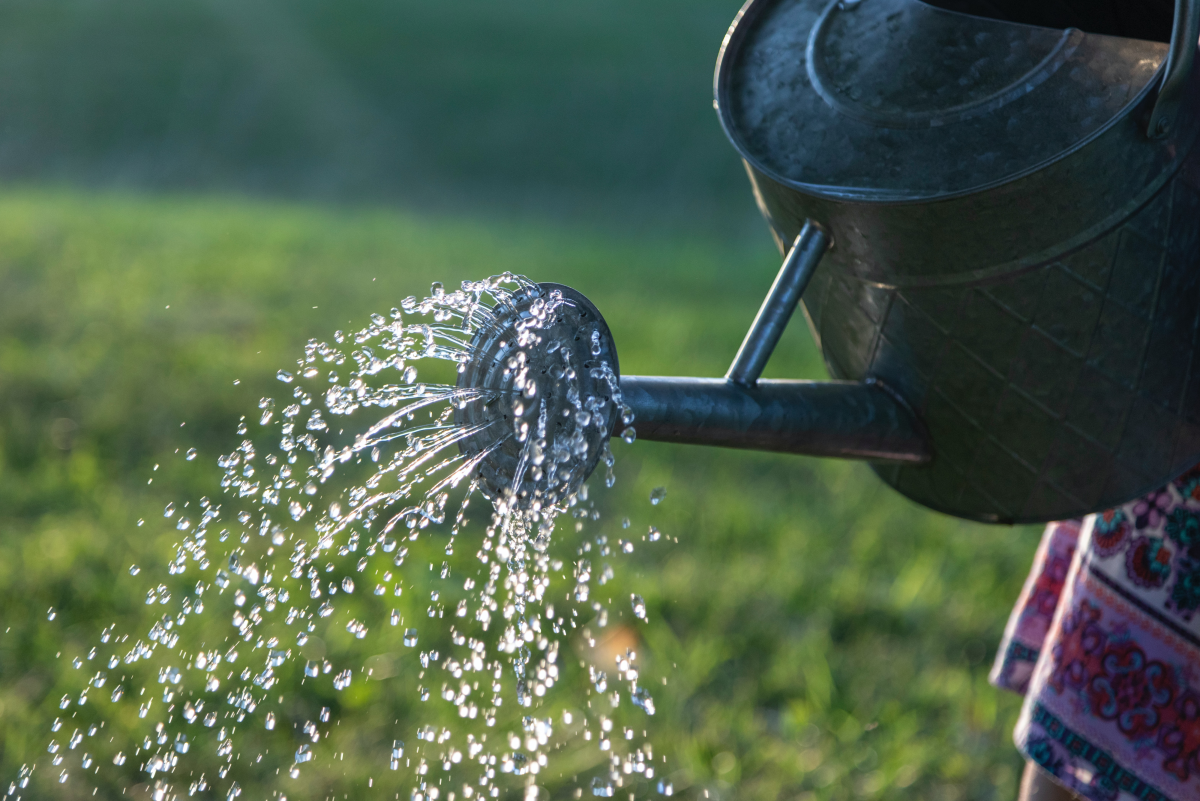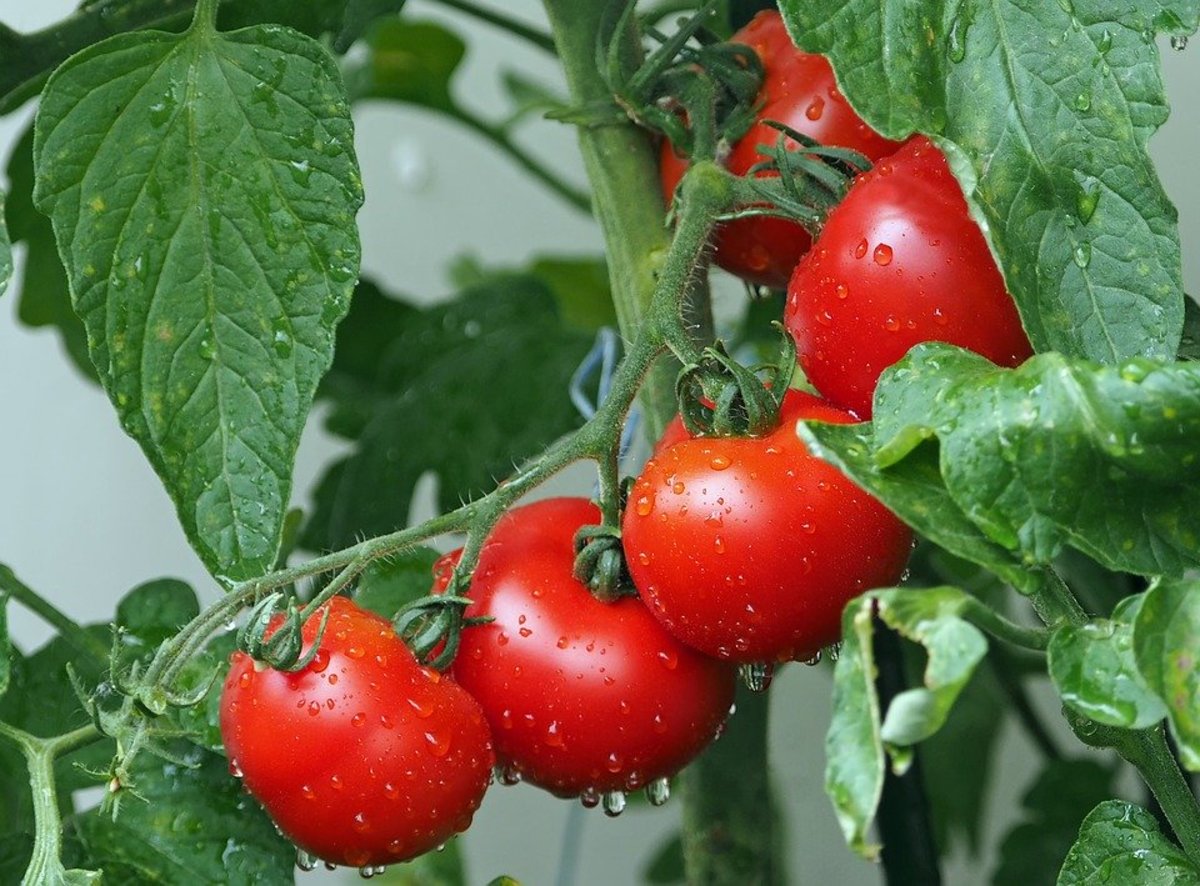Stem the Tide of the Recession: Grow Your Own Victory Garden!
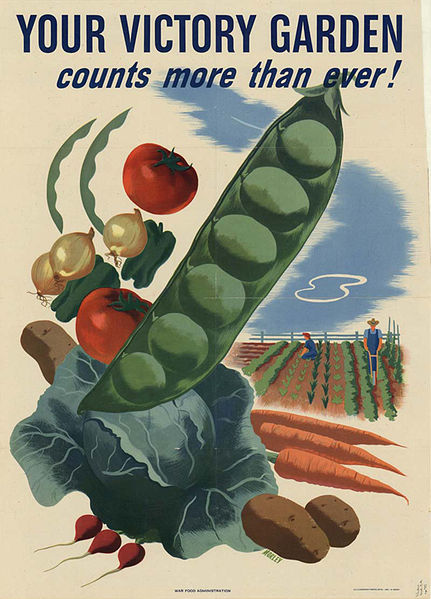
During the First and Second World War Americans were encouraged to grow gardens called "Victory Gardens." The purpose of these gardens was to free up goods so that troops could be provided with adequate food supplies. During that time 41% of vegetables produced in the U. S. were grown in Victory Gardens.
Now defined in the pressing context of urban sustainability, growing your own fruits and vegetables these days means increased local food security. To grow your own Victory Garden also means reducing the miles traveled by the foods we eat which benefits not only the planet, but your wallet, too. According to some estimates, food prices will double in 2011 thanks to radical weather and the rising cost of fuel. The downward spiraling of the economy also provides incentive to become less dependant on super markets.
The Victory Gardens of the war years not only provided much needed produce but growing gardens was a tremendous moral boost. It provided a way for people on the home front to show their support-- to be actively involved in the war effort rather than idly sitting by. Likewise, the modern Victory Garden can empower people to make positive changes and be active participants in their food supply. It encourages people to eat a better diet. It gives the grower the reassurance of knowing where his or her food comes from and how it has been handled. It keeps food production local, thus reducing the fuel needed to transport goods to our tables. It can also reduce the cost of a meal.
Of course, many of us are familiar with the traditional, labor intensive plow and plant method of gardening. There are, however, many different options available if you wish to grow your own food. Even people who do not have large yards or who live in apartments may grow fruits and vegetables.
Square Foot Gardening
Square foot gardening is a method developed by a man named Mel Bartholomew. The basic premise of this method is that one can grow more plants in less space if they are planted in squares rather than the traditional rows. I have read this book and Bartholomew's method makes a lot of sense.
Raised Bed Gardening
This is a technique that involves building up a fertile soil in a raised bed for a type of gardening that produces a heavier yeild with less weeding and less work. Patricia Lanza's Lasagna Gardening is a great introduction to this method.
Container Gardening
As the name indicates, this is a method of gardening done in containers. It is great for apartment dwellers and anyone else who may find themselves with out yard space.
There are many reasons to grow a garden, not the least of which is the rising cost of food. Those who wish to be proactive may be concerned about lack of time and space. With new gardening methods that allow people to grow in smaller spaces and reduce labor, anyone can grow at least a portion of their own food.
- When to Begin Planting a Garden
As a novice gardener waiting eagerly for spring to arrive, I am curious about what I should be doing right now to prepare. I worry about the window of opportunity for certain projects. I know that succesfully... - Gardening in Limited Space and Other Gardening Options
So you want to garden but your backyard is small or non-existent; well do not let that discourage you, if you have the will, you will find the way. The first step, as in all forms of gardening,... - Square Foot Gardening Layout and Spacing Method Tips
Square foot gardening was developed in the late 70's as a way to get the most garden out of the least space. This all new system lets you grow tomatoes, potatoes, strawberries or pretty much anything you want in a compact, energy-efficient manner. - How to Start an Indoor Vegetable Garden
Starting an indoor vegetable garden is a great way satisfy your green thumb and have fresh produce for your table year round. Unlike outdoor vegetable gardens, you can grow vegetables indoors during the...


